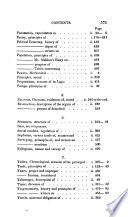 | William Shepherd, Jeremiah Joyce, Lant Carpenter - 1815 - 598 pages
...times, and of course proportional to the times of describing them. He also discovered by trials, that the cubes of the mean distances of the planets from the sun, are in the same proportion as the squares of the periodical times in which they revolve about the sun.... | |
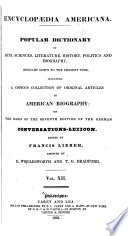 | Francis Lieber, Edward Wigglesworth, Thomas Gamaliel Bradford, Henry Vethake - 1832 - 624 pages
...possess the measure of our whole planetary system, as, according to the second • law of Kepler (qv), the cubes of the mean distances of the planets from the sun are as the squares of the periods of their revolutions (which have long been known). Therefore the... | |
 | Mary Somerville - 1831 - 720 pages
...decreasing at the rate of 3914 miles in a century; and if it were to decrease equably, it would be 36300 years before the earth's orbit became a circle. But...that all the bodies are in motion, and every orbit is in a state of perpetual change. Minute as these changes are, they might be supposed liable to accumulate... | |
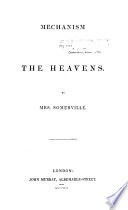 | Mary Somerville - 1831 - 710 pages
...planet and comet this force is reciprocally as the square of the distance from the sun; and, lastly, the squares of the periodic times, being proportional to the cubes of the mean distances, proves that the areas described in equal times by the radius vector of each body in the different orbits,... | |
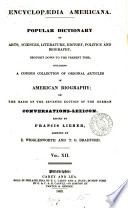 | Encyclopaedia Americana - 1832 - 620 pages
...possess the measure cf our whole planetary system, as, according to the second law of Kepler (qv), the cubes of the mean distances of the planets from the sun are as the squares of the periods of their revolutions (which have long been known). Therefore the... | |
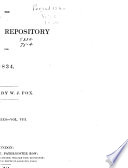 | Leigh Hunt - 1834 - 972 pages
...which Kepler might have apprized you that, the squares of the times of the planetary revolutions are as the cubes of the mean distances of the planets from the sun. But this was not all. It was not the tone for any mere physical truth. The enunciation was that of... | |
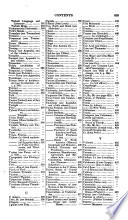 | Francis Lieber, Edward Wigglesworth - 1835 - 620 pages
...possess the measure of our whole planetary system, as, according to the second law of Kepler (qv), the cubes of the mean distances of the planets from the sun are as the squares of the periods of their revolutions (which have long been known). Therefore the... | |
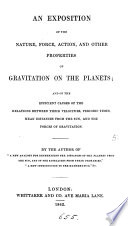 | Joseph Denison - 1842 - 56 pages
...EXPOSITION, THE analogy discovered by Kepler in the beginning of the seventeenth century, viz., that the cubes of the mean distances of the planets from the Sun are as the squares of their periodic times, is found to be invariably consistent with observation,... | |
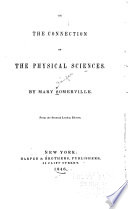 | Mary Somerville - 1846 - 496 pages
...the age of Ptolemy. But, in the midst of all these vicissitudes, the length of the major axis and the mean motions of the planets remain permanently independent...that one cannot vary without affecting the other. And it is proved, that any variations which do take place are transient, and depend only on the relative... | |
 | Mary Somerville - 1846 - 496 pages
...of the planets remain permanently independent of secular changes. They are so connected by Kapler's law, of the squares of the periodic times being proportional...that one cannot vary without affecting the other. And it is proved, that any variations which do take place are transient, and depend only on the relative... | |
| |